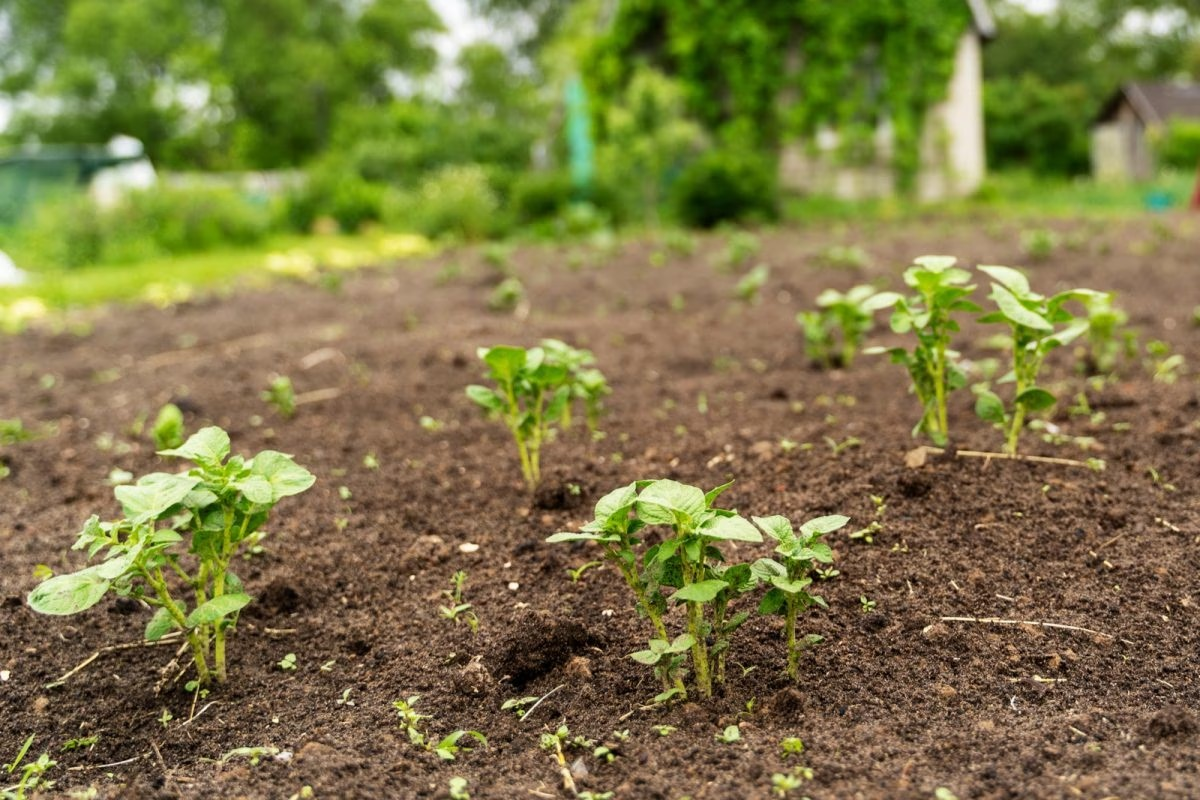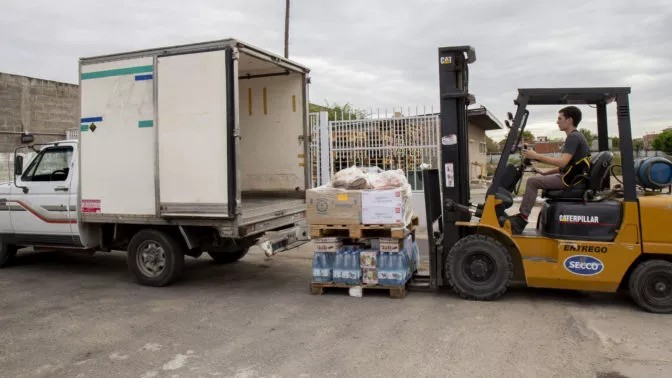AMAZON TO OPEN CLOTHING STORE WHERE ALGORITHMS SUGGEST ITEMS TO TRY ON
Amazon is opening its first ever clothing store where algorithms will suggest items for shoppers to try on.
The online retailing giant’s 30,000 sq ft Amazon Style store is set to open near Los Angeles later this year as the company pushes its fashion business.
All of the items for sale appear on racks and customers scan a code using the Amazon app to chose the colour and size they would like to try on.
The customer then enters a virtual line for a fitting room that they unlock with their phone when it becomes available.
Each fitting room has a touchscreen that shoppers can use to choose more items to try on, with staff depositing them in a two-sided secure locker “within minutes”, Amazon said.
“We wouldn’t do anything in physical retail unless we felt we could significantly improve the customer experience,” said Simoina Vasen, a managing director.
Amazon is set to open its first-ever physical clothing store later this year at the Americana at Brand mall in Glendale, California, that will push out personalised recommendations as customers shop and scan items on their phone, the company announced on 20 January
She described the experience as being “like a magic closet with seemingly endless selection.”
The company said the fitting room will be “a personal space for you to continue shopping without ever having to leave.”
Amazon will keep a record of every good scanned by each customer, with its algorithms then making clothing recommendations.
Customers can also fill out a style survey and when they arrive in the fitting room, Amazon staff will have deposited the clothes they have selected and others that their computers have picked out.
Shoppers will be able to pay for their purchases using the company’s Amazon One biometric system that simply requires them to swipe the palm of their hand.




Comments